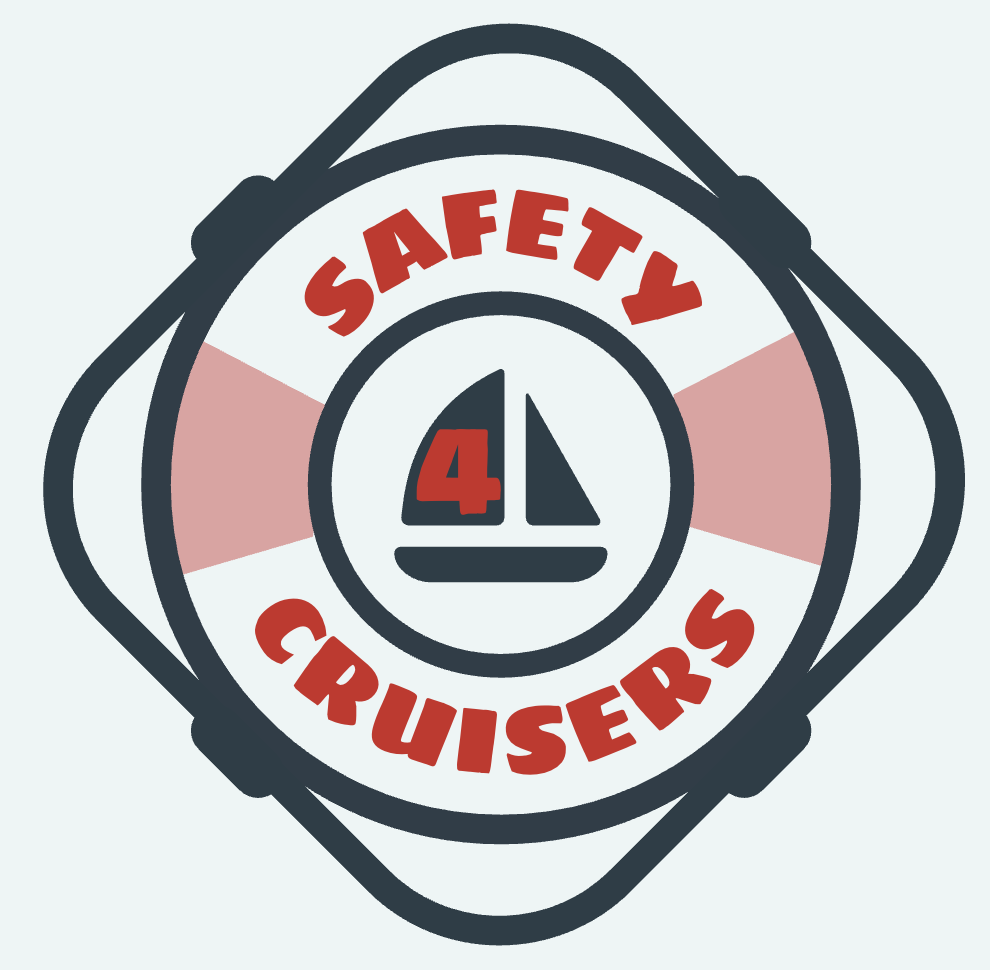All About EPIRBS
History:
Although there are always exceptions to the rule, it would not inaccurate to say that the days when people provisioned their ditch bag and life raft to survive at sea for weeks or months at a time while they waited for a passing ship to rescue them, are largely behind us. This is primarily due to the advent and wide scale adoption of satellite rescue technology among mariners. The most critical and ubiquitous of these devices is the EPIRB or Emergency Position Indicating Radio Beacon.
Early EPIRBS utilized a simple 121.5 Mhz signal that allowed vessels or aircraft equipped with RDFs (radio direction finder) to localize a signal within the range of their receiver (usually 20nm give or take depending on conditions and equipment). And while this was undoubtably a huge leap forward in search and rescue technology, it was not until the development and deployment of the COSPAS-SARSAT satellite network in the early 80s that the true SAR (search and rescue) revolution occurred.
This new constellation of satellites primarily used for weather monitoring, also had the capability to receive 406 MHz signals that critically, contained the GPS coordinates of the device that sent them. This allowed receiving facilities (called JRCCS or Joint Rescue Command Centers) to know the exact location of a given emergency and directly dispatch SAR resources to the scene. These new 406 EPIRBS retained their old 121.5 transmitters so that once in the general area they were dispatched to, the SAR asset could still use RDF to hone in on the location of the beacon. As
As technology improved, so did battery life, size, and location accuracy. Today most EPIRBS can transmit for at least 48 hours, have integrated strobe lights and can send position updates that are accurate to within 10 meters. Some models even include a screen and can transmit on an AIS channel (via VHF) to local vessels in range. That means in addition to the SAR assets dispatched by the JRCC, boats in the vicinity with AIS receivers will see your beacon pop up (often as a “circle with a red cross” on the AIS display) and know the location of your emergency. In many circumstances, these local vessels notified by the AIS alert may be able to response faster than resources dispatched by the JRCC.
Now you might be wondering, why isn’t every EPIRB AIS-capable? The answer is of course, the increased cost associated with the more complex system. For many budget conscious sailors, the satellite-only model is “good enough” for their risk profile.
Mounting:
Now that we’ve talked about the EPIRB itself, we need to talk about how to store/launch it. The two most common systems are either in the ditch bag, or mounted separately.
A Category I system is designed to release the EPRIB automatically if the ship sinks. These EPRIBs use a special bracket that releases automatically (via hydrostatic release unit) when the vessel sinks (triggered by water pressure when immersed to certain depth). This allows the beacon float free of the sinking craft and automatically begin transmitting. These brackets must be mounted so that the beacon will float free without being tangled, so they are often placed outside on deck above most obstructions
A Category II system on the other hand is fully manual. You physically remove the EPIRB and bring it with you. This means, if the vessel sinks and no one retrieves the beacon, it will go down the ship and do you no good. Even though most EPIRBs activate automatically when placed in water, they can only transmit when floating at the surface so even if you sink in shallow waters, the signal will not be able to get out to the satellites.
Registration and Testing:
The final notes on EPRIBs are that when you buy one or inherit one from the previous owner, it is imperative that you register your beacon with the appropriate authorities. In the USA that is NOAA, and it is free (as far as I know, it is free in every country as well). In your registration process you will fill out information regarding the vessel, crew, anticipated location and emergency contacts - all critical information for JRCC personnel to have when coordinating your rescue, so make sure you keep it up to date.
Lastly, like all equipment, make sure you test it according to the manufacturer’s recommendations and honor the service intervals they specify.
(Some links above are affiliate links. If you buy through them, we may earn a small commission at no extra cost to you.)

